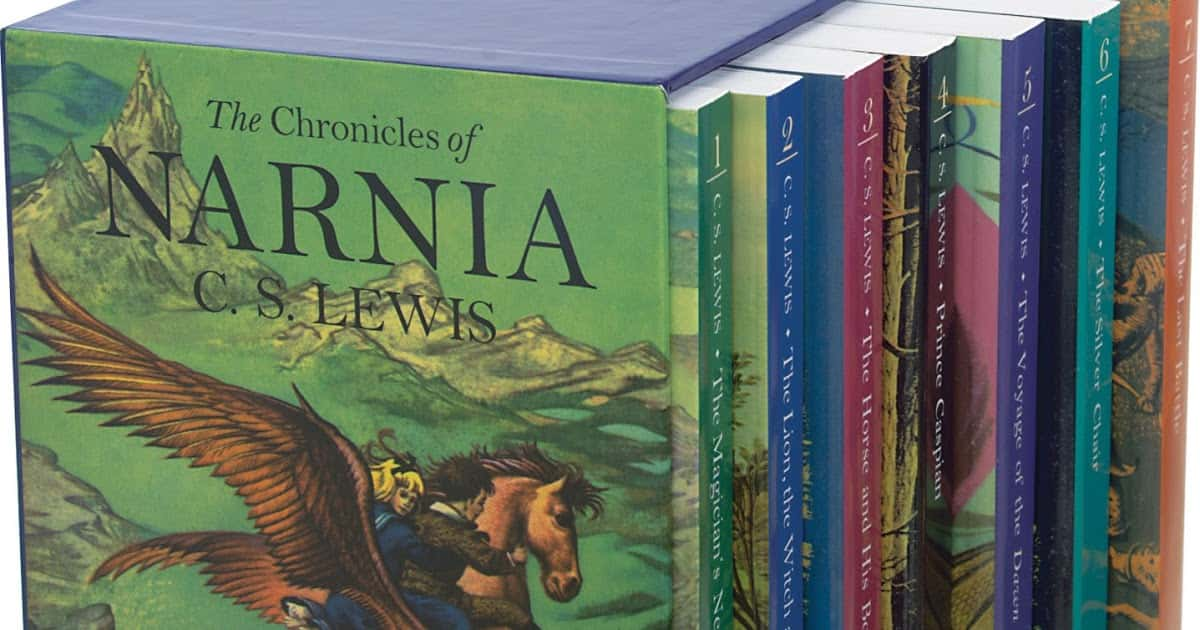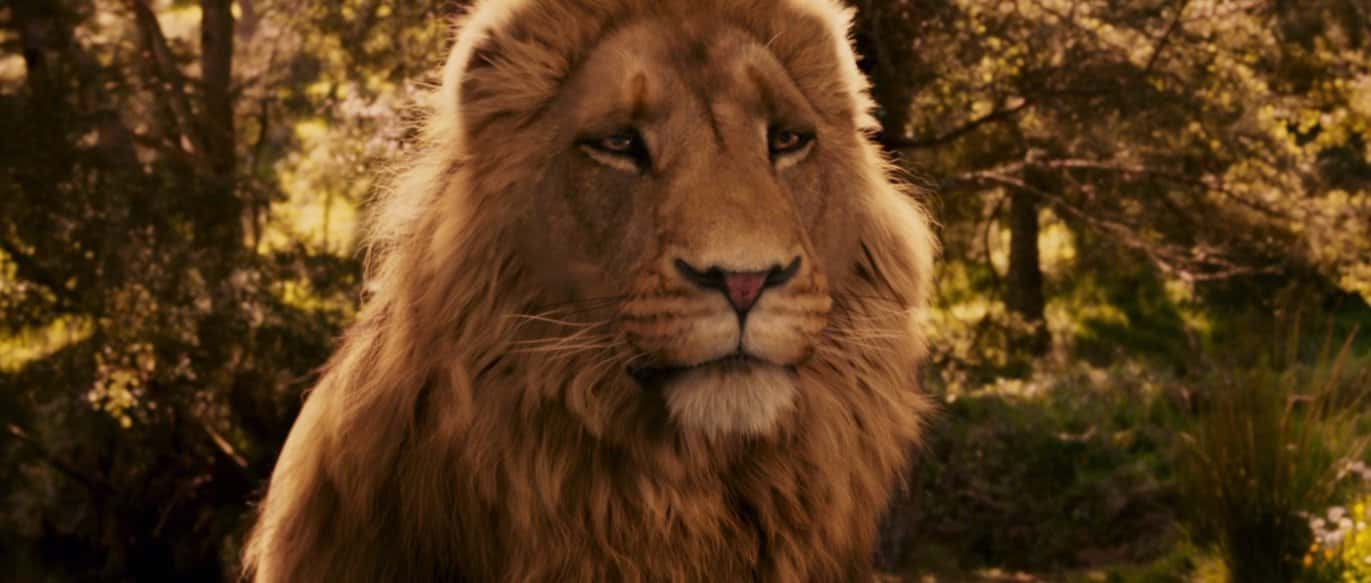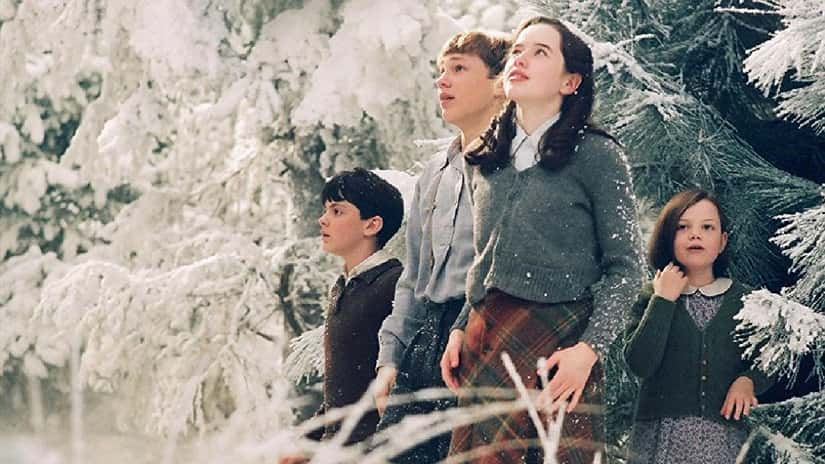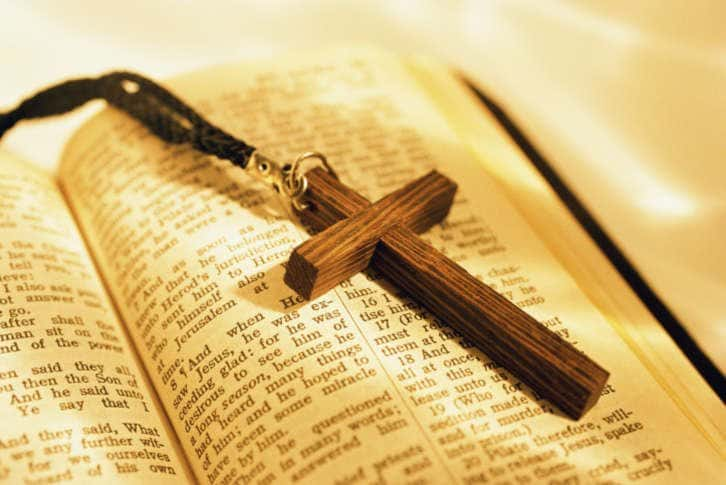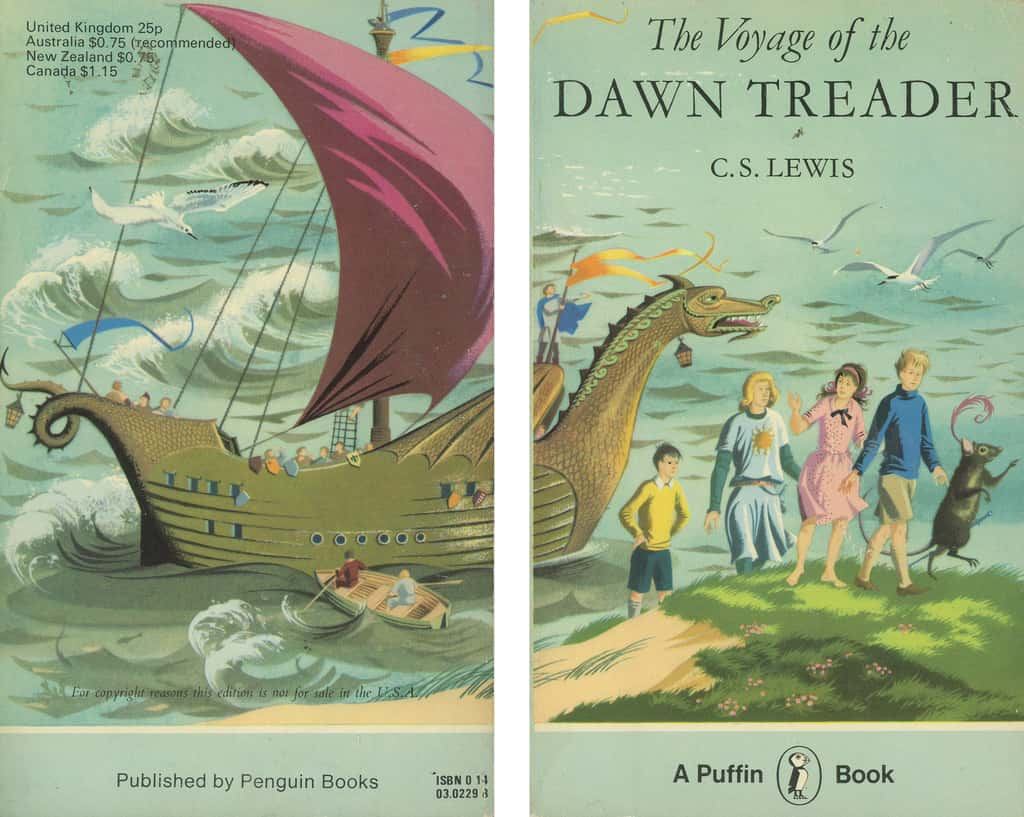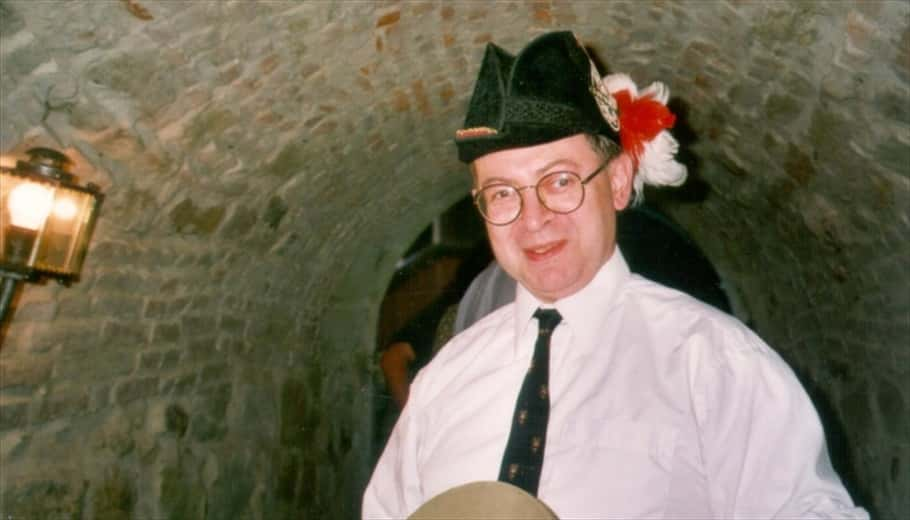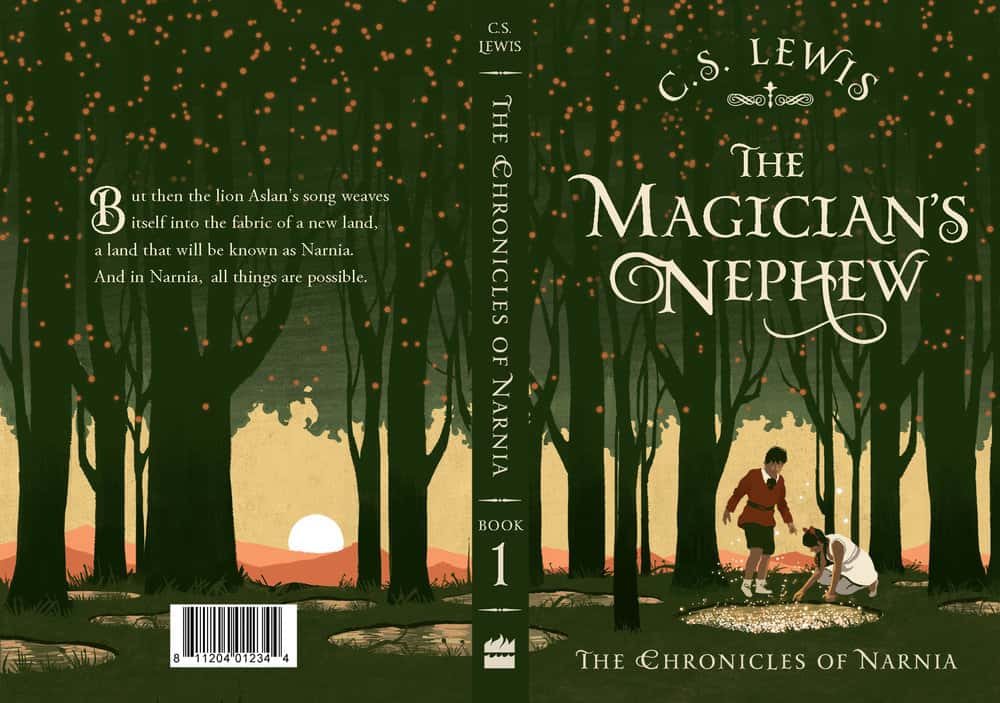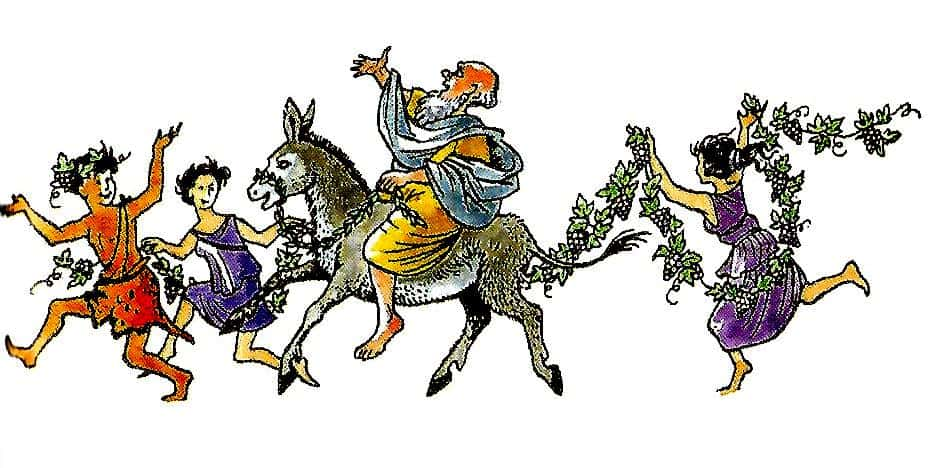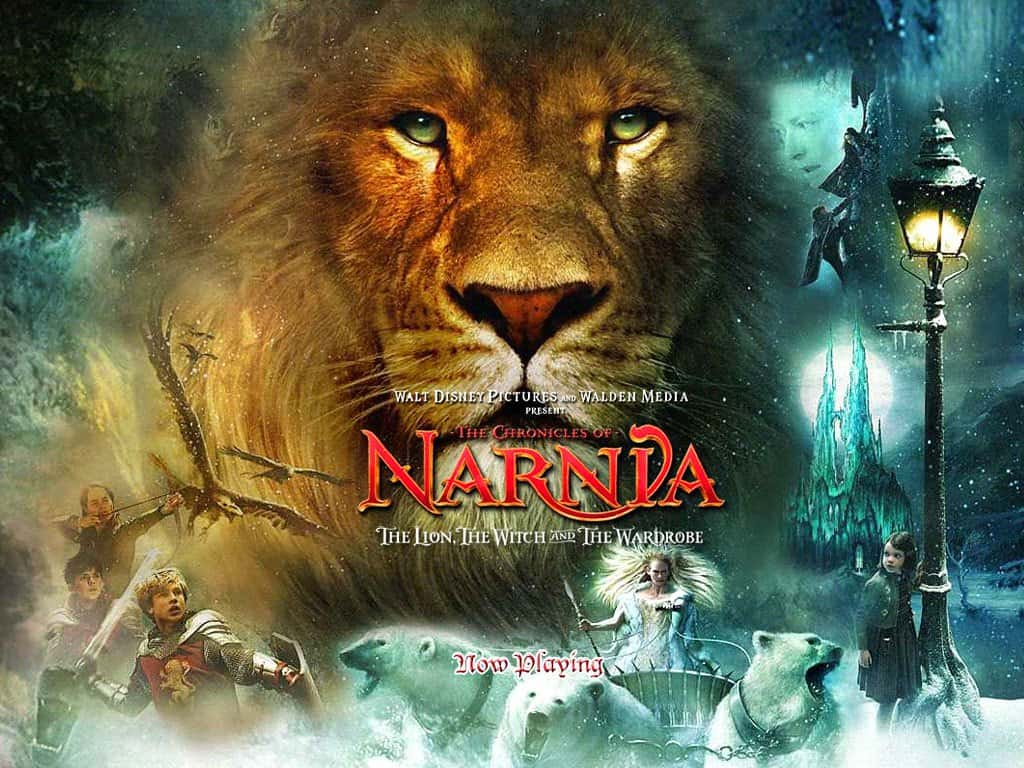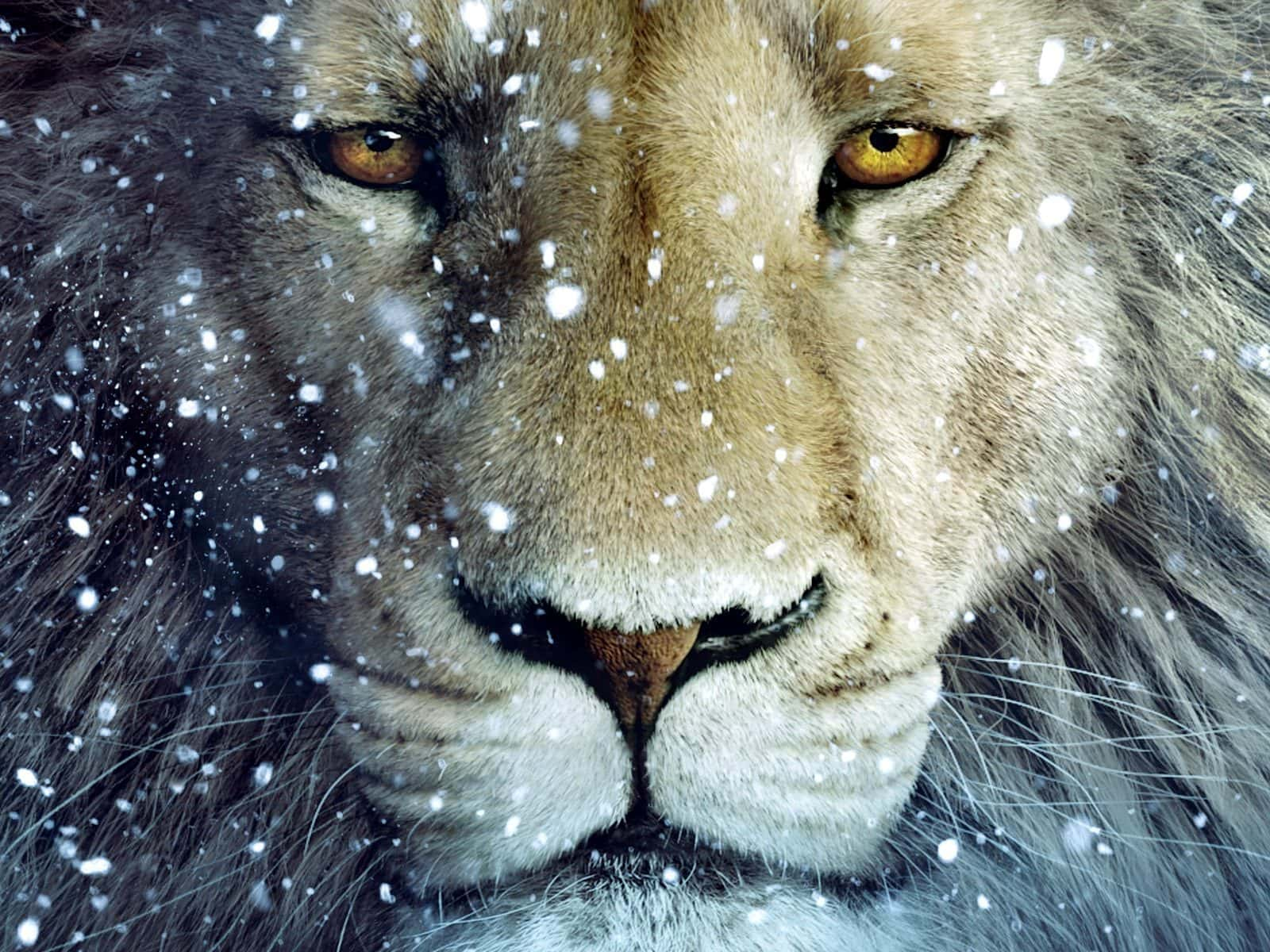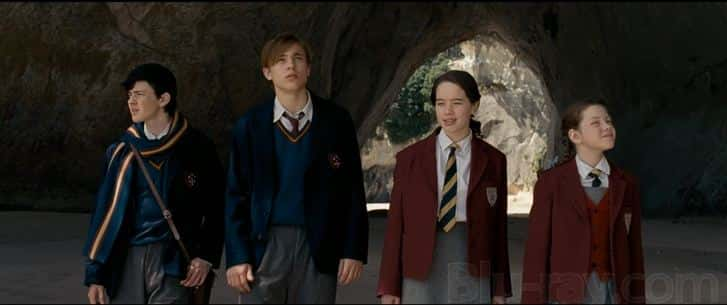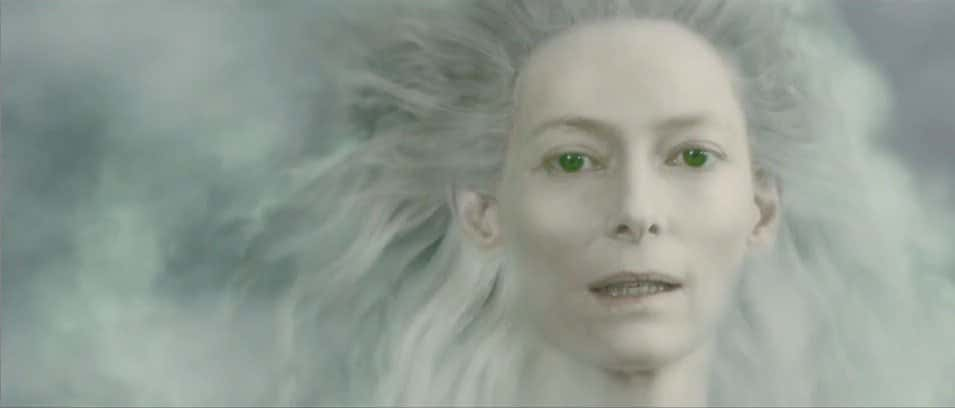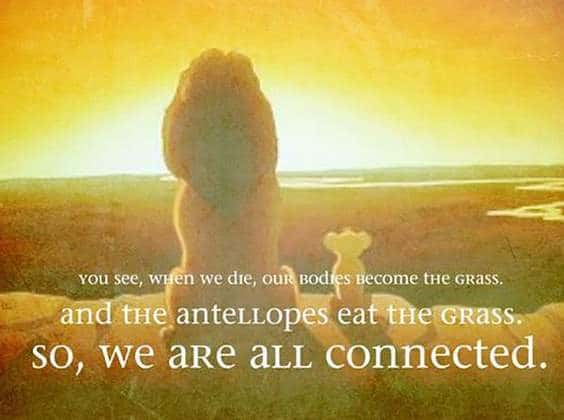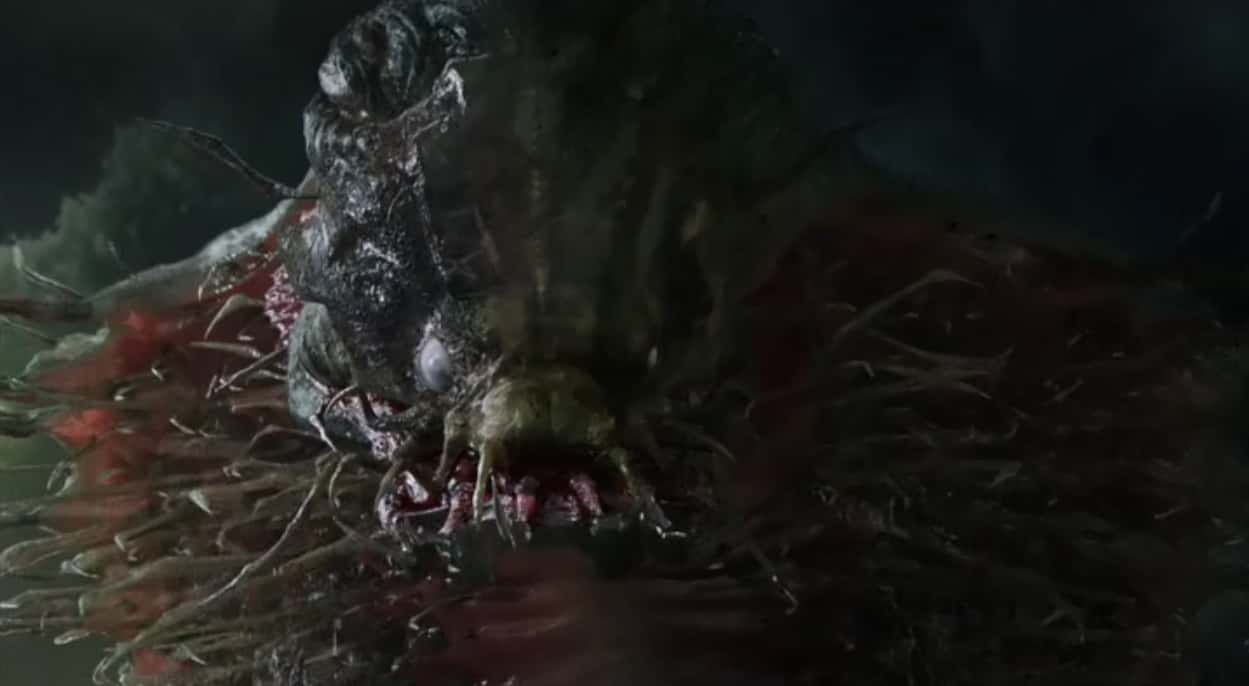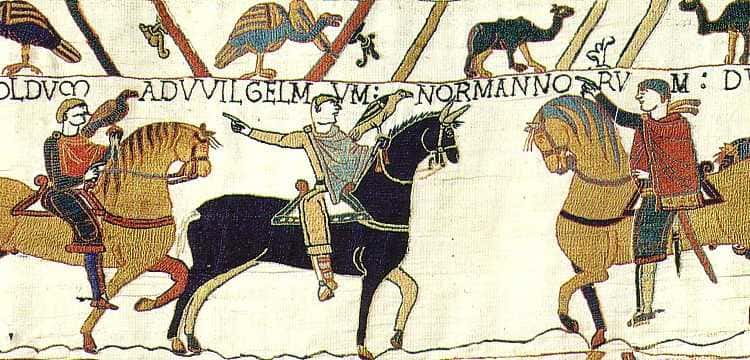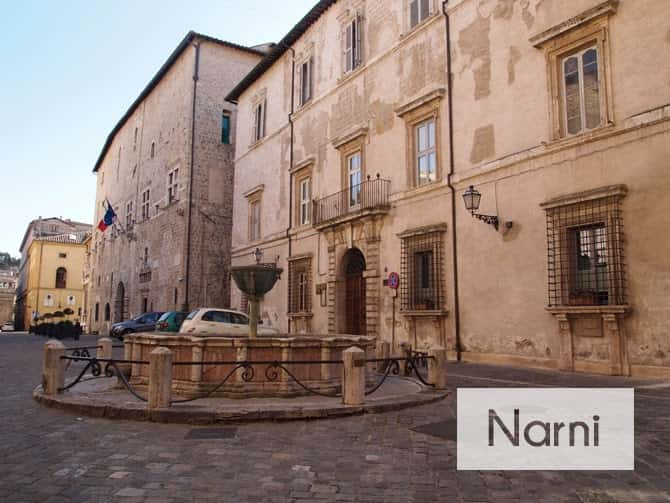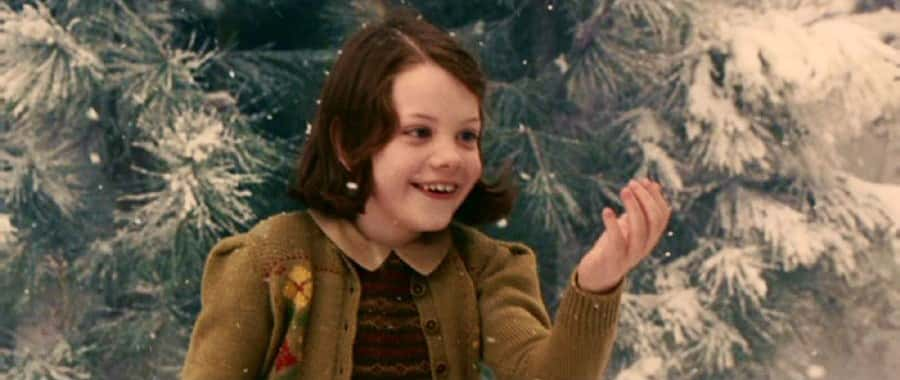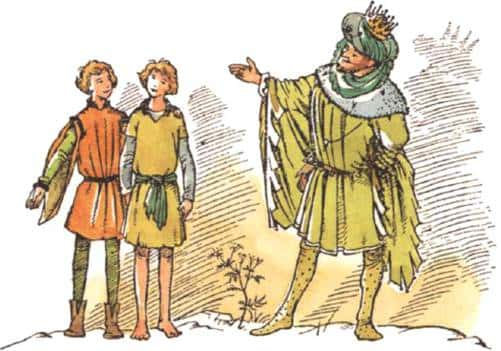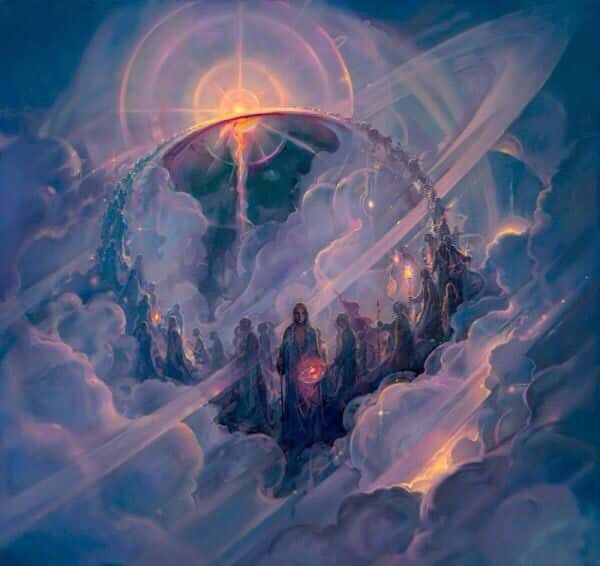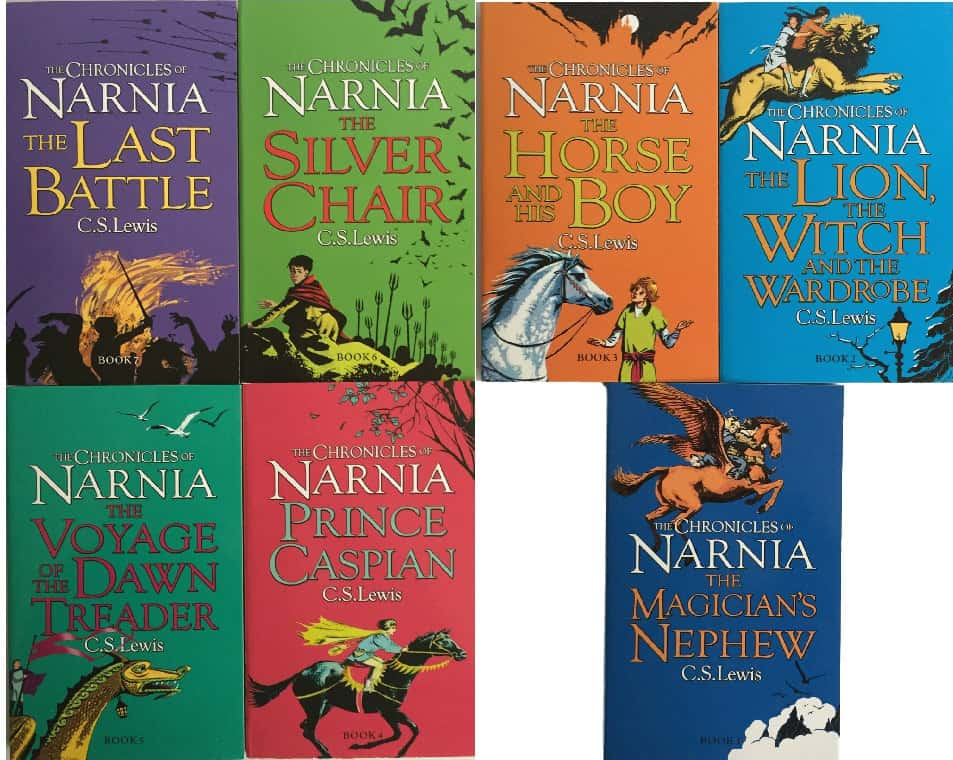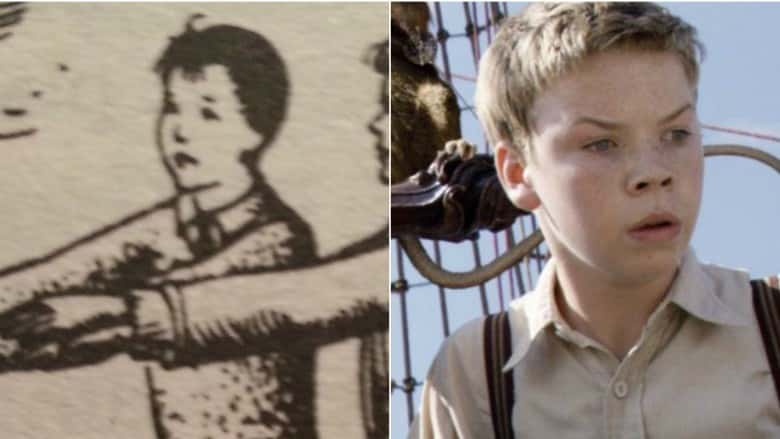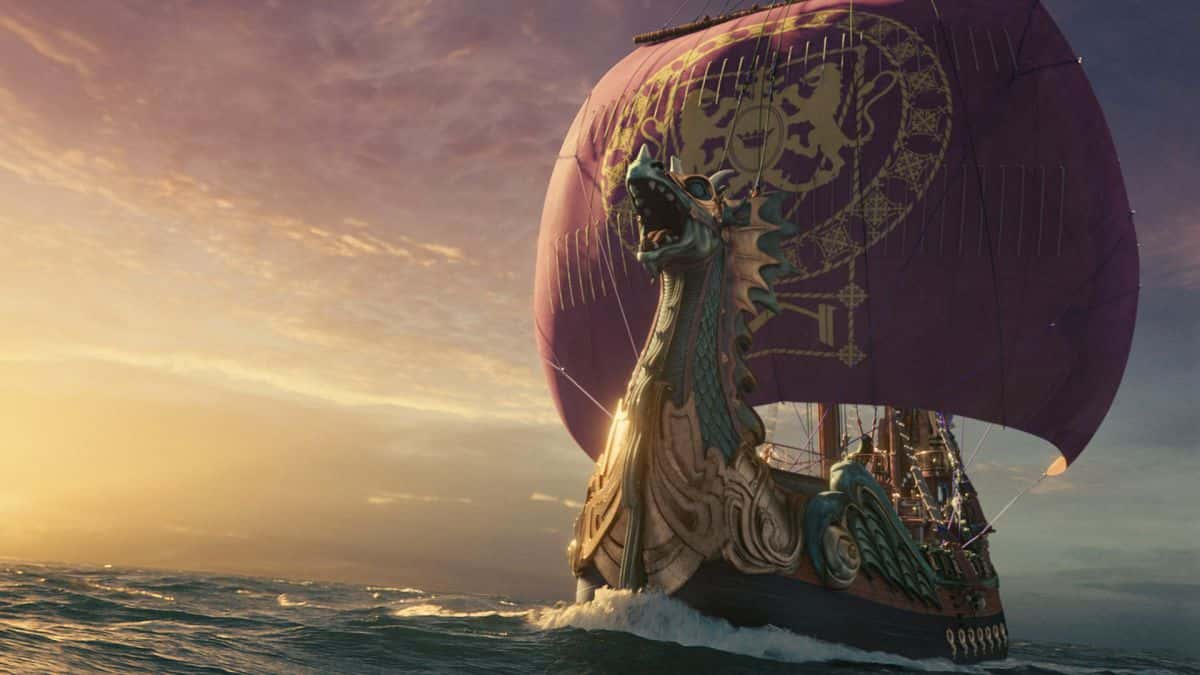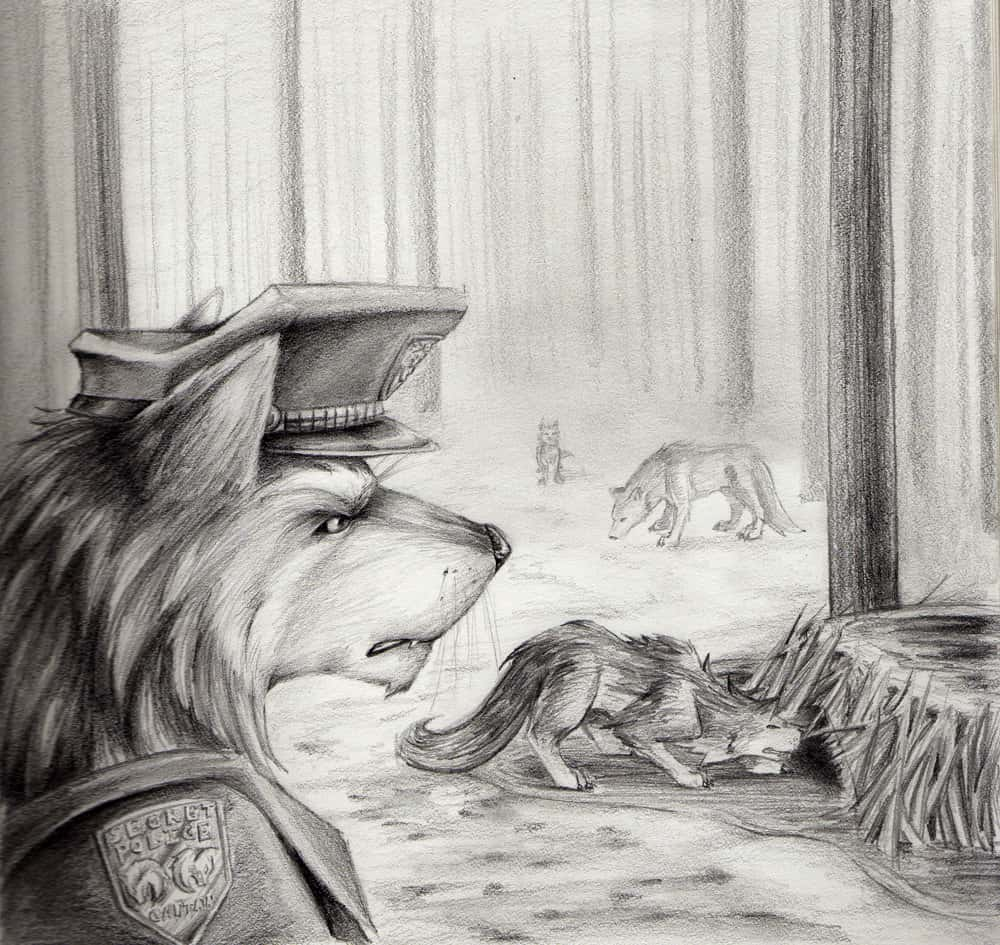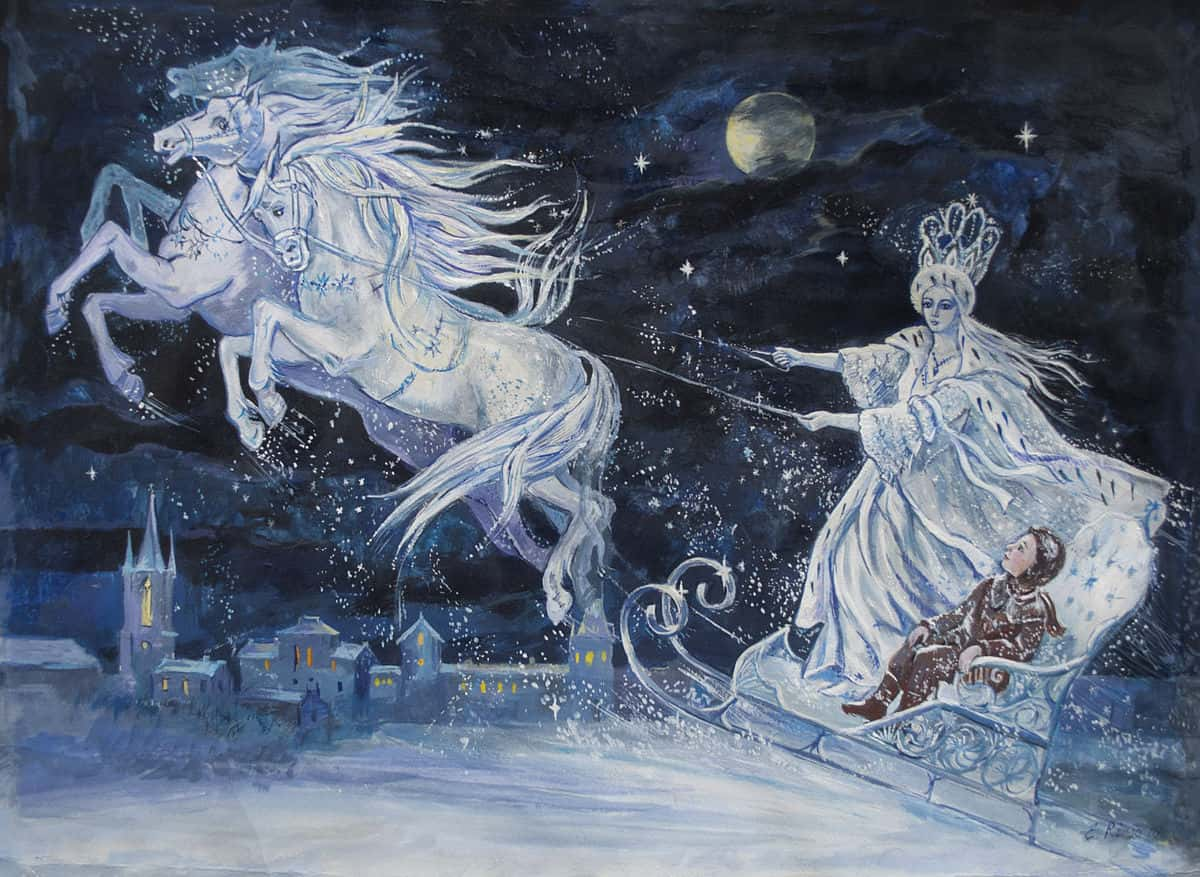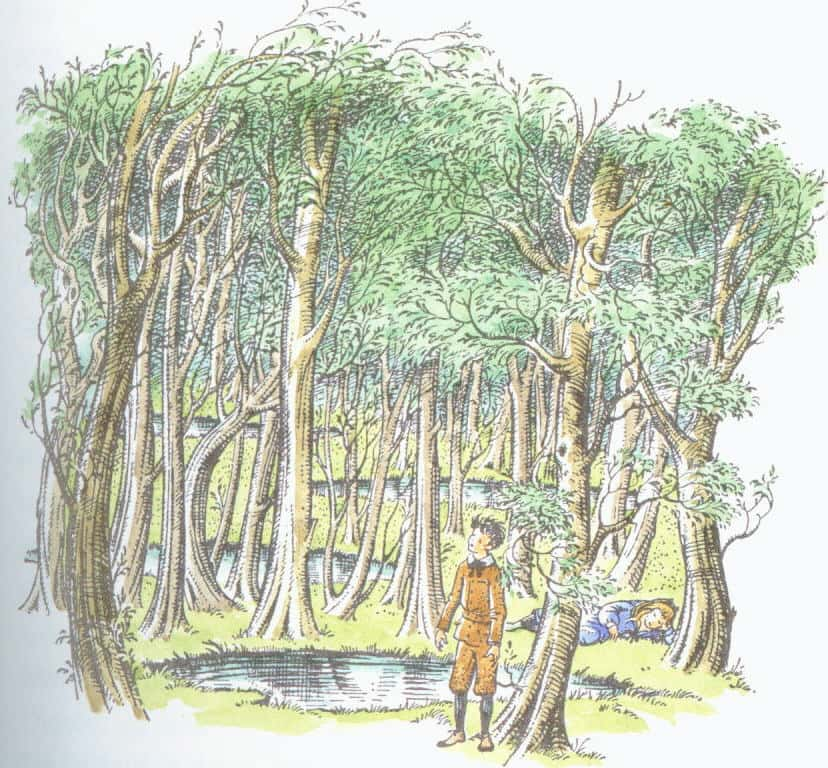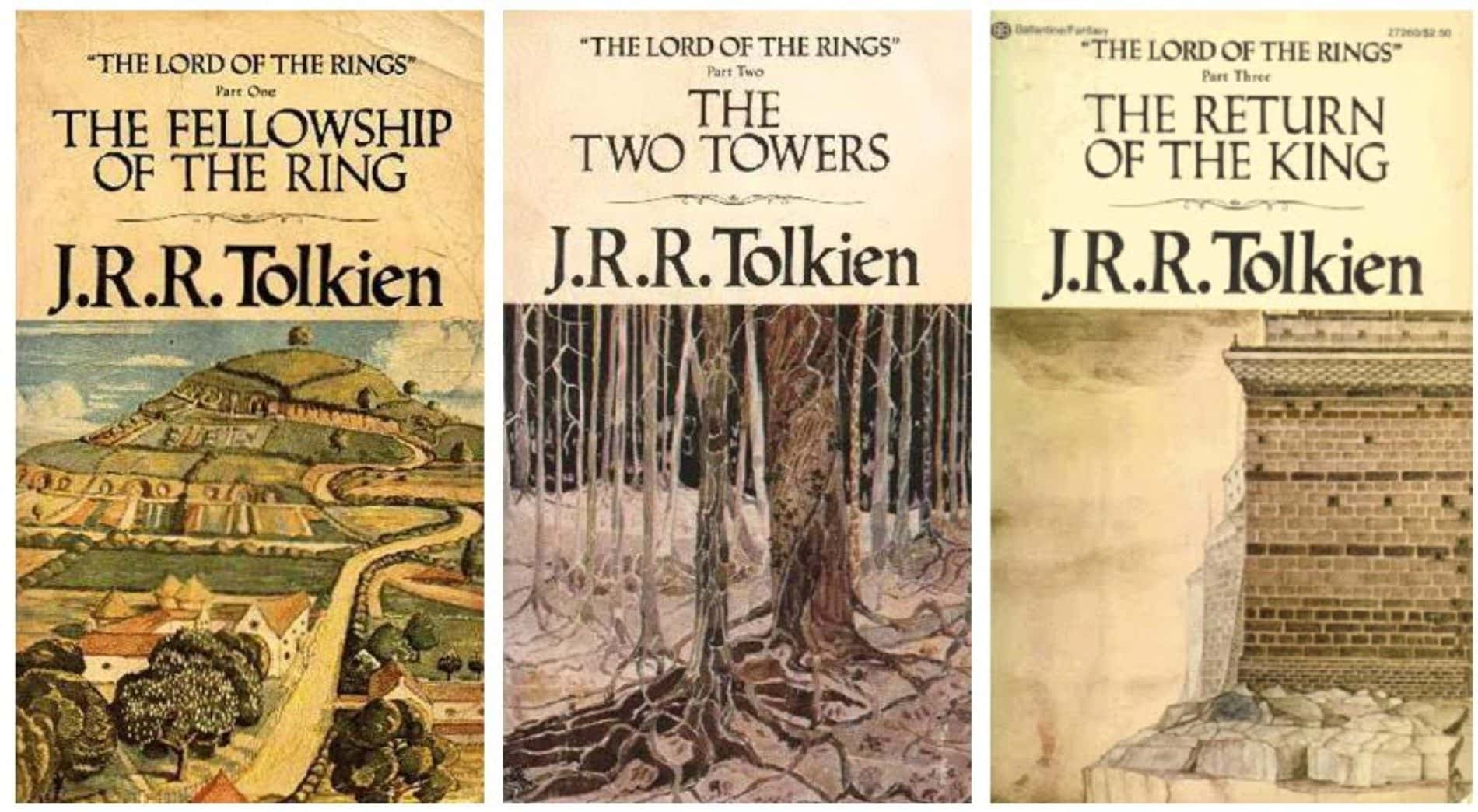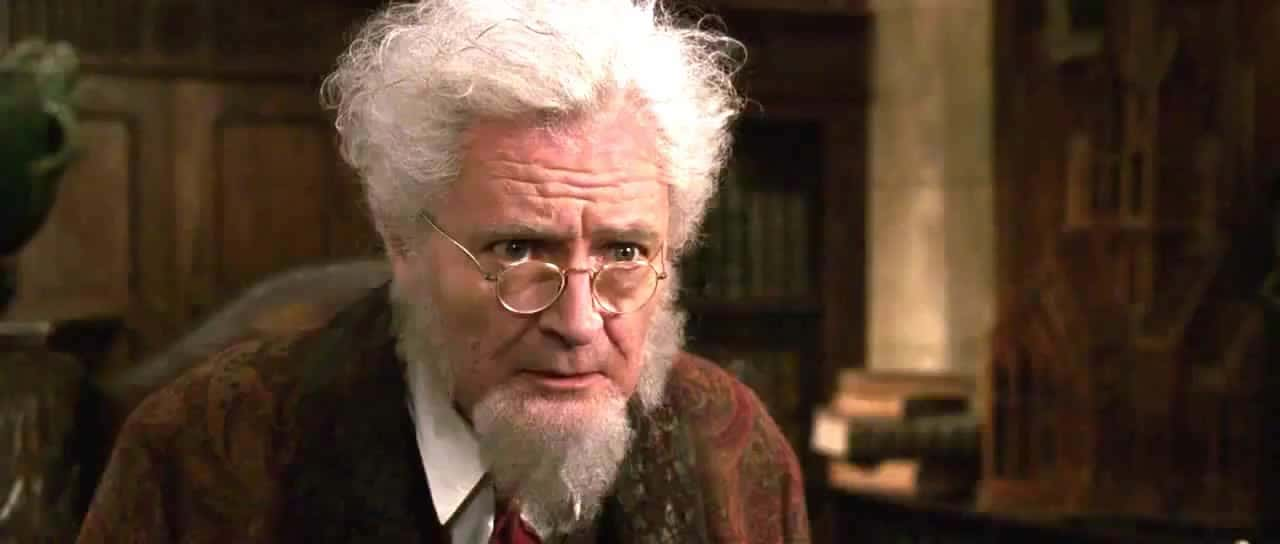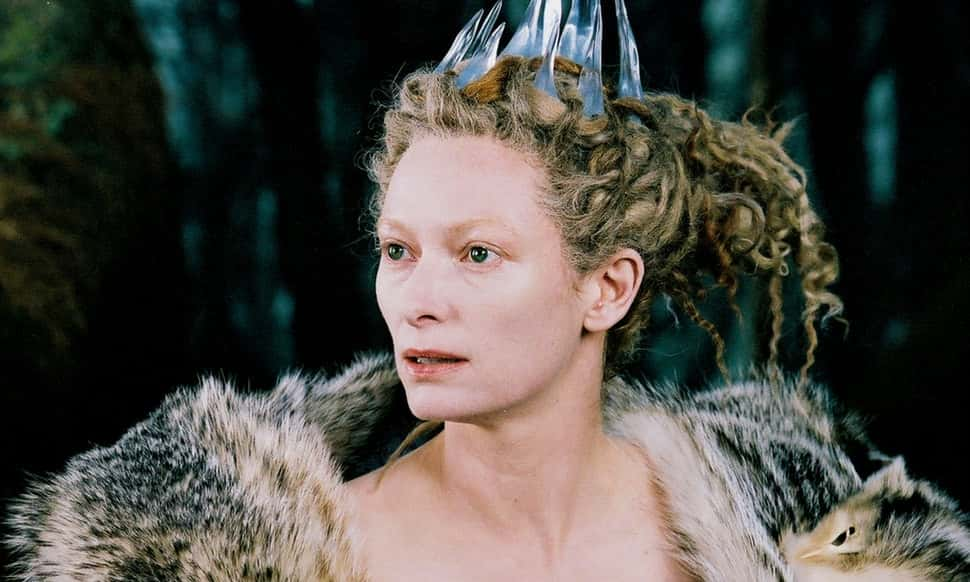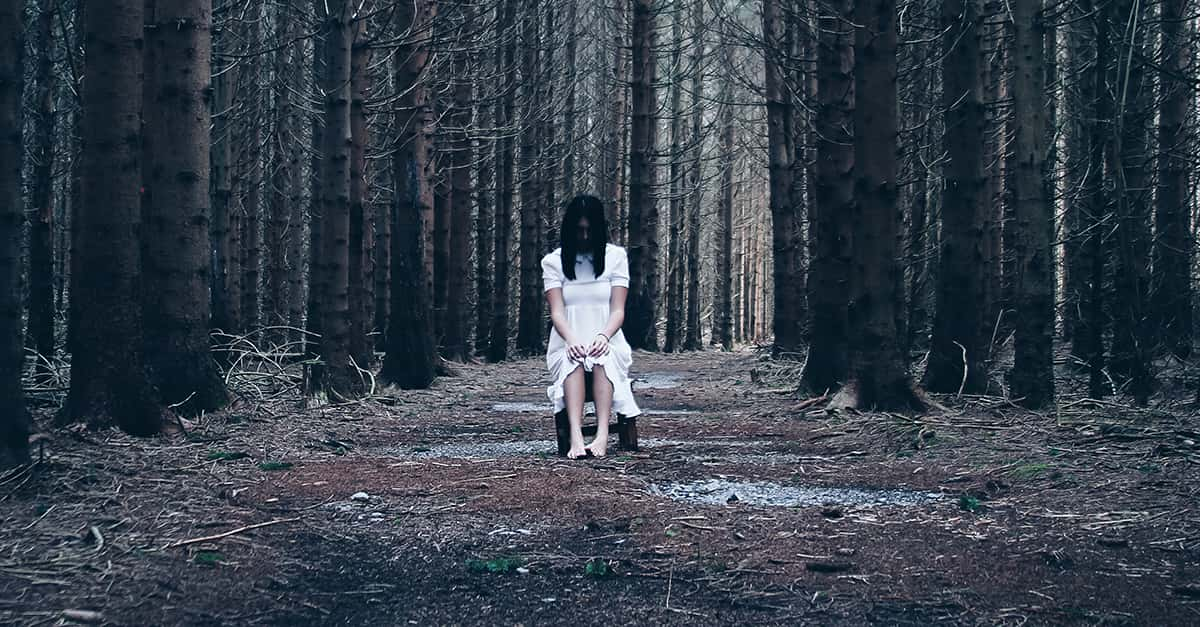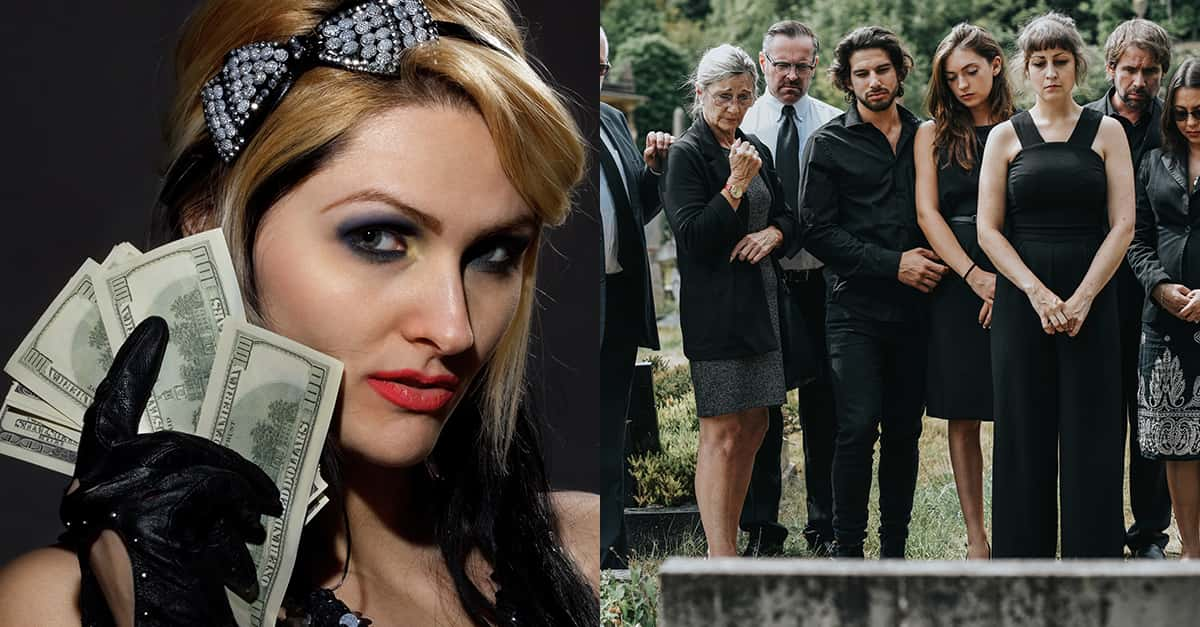“Even in literature and art, no man who bothers about originality will ever be original: whereas if you simply try to tell the truth (without caring twopence how often it has been told before) you will, nine times out of ten, become original without ever having noticed it.”—C.S. Lewis.
Along with Westeros and Middle-Earth, Narnia is one of the most well-known fantasy realms of literature. The seven books of the series, written by C.S. Lewis, have inspired and entertained for more than 50 years. The books, particularly The Lion, the Witch and the Wardrobe, have been translated into dozens of languages and have consistently ranked high on people’s favorite fantasy novel lists. Have you ever wondered what went into their creation? Have you ever wanted to know interesting trivia about the books which you might not have noticed while reading them? Here are some facts to make you go back through the wardrobe into the realm of Narnia one more time.
42. Where Does the Inspiration Come From?
The idea of Narnia first began when author C.S. Lewis spent part of his childhood in Northern Ireland. Lewis and his brother apparently had a lot of time on their hands, so they would create imaginary worlds out of nowhere, which later influenced his characterization of Lucy Pevensie and her own creative imagination.
41. Procrastination, Such an Aggravation
According to C.S. Lewis himself, he first conceived the basic idea of The Lion, the Witch and the Wardrobe when he was 16 years old. Lewis first envisioned “a picture of a Faun carrying an umbrella and parcels in a snowy wood” but he didn’t get around to actually writing out the story until he “was about forty.”
 RivalFly National Networks, LLC
RivalFly National Networks, LLC
40. No Lion? You’re Lyin’!
The only character to appear in all seven books of the series is Aslan the lion. However, he didn’t actually appear in the first draft of The Lion, the Witch and the Wardrobe. In fact, Lewis was struggling with the story until “Aslan came bounding into it.” Try to imagine this series without Aslan in it! We dare you!
39. I Hope They Got Some Royalties
Another inspiration which C.S. Lewis had before working on The Lion, the Witch and the Wardrobe came to him in the form of three girls sent from London in 1939 to live with Lewis in the countryside. These girls—named Margaret, Mary, and Katherine—went on to inspire the four siblings who first traveled to Narnia while waiting out the Second World War.
38. From Subconscious to Conscious
Contrary to popular belief, C.S. Lewis denied that he intentionally wrote the Narnia books as Christian stories from the start, but he did say that the themes subconsciously appeared in his early writing and that he embraced them whole-heartedly by the time the last books were published.
37. Clear Message from Here on Out
It’s hard to say where exactly C.S. Lewis decided to go whole-hog with the Christian allegory in his Narnia books, but some have pointed to the book The Voyage of the Dawn Treader as a pretty clear example of Christian messages being used. In that book, Aslan is initially found in the form of a lamb, which is an animal often associated with Christianity. Aslan also points out that he exists in the world of humans, but he has a different name. It’s about as subtle as, well, a talking lion with the powers of God.
36. Special Thanks to Roger
It wasn’t C.S. Lewis who came up with the title The Chronicles of Narnia to describe his seven books. It was his friend and fellow author, Roger Lancelyn Green, who coined the title in a letter he wrote to Lewis in 1951.
35. Even More Thanks to Roger!
Roger Lancelyn Green also prompted C.S. Lewis to write more books after The Lion, the Witch and the Wardrobe. Lewis was content with that first book until Green challenged him with a question; what was that lamppost doing in Narnia in the first place? Rather than tell his friend to stop overthinking it, Lewis began writing The Magician’s Nephew to answer that question.
34. This World is Big Enough for the Both of Us
While Aslan is portrayed as the godlike figure of Narnia, other gods do appear in the series. One of them is the deity known as Bacchus, who makes an appearance in Prince Caspian to save the day. Bacchus was a Roman god whose identity and origin story was taken nearly entirely from Dionysus, the Greek god of wine, celebrations, and hedonism.
33. Priorities
It reportedly took C.S. Lewis a total of eight years to write all seven books in The Chronicles of Narnia series. Interestingly, though, only three months of that time was spent writing The Lion, The Witch and the Wardrobe.
32. Let’s Go to the Movies!
In 2005, a big-budget film adaptation of The Lion, the Witch and the Wardrobe was released into theatres, making over $700 million at the box office. Film adaptations of Prince Caspian and The Voyage of the Dawn Treader were released in 2008 and 2010 respectively. An adaptation of The Silver Chair is also said to be in the works as well.
31. On Second Thought…
Before he settled on The Silver Chair as a title for one of his books, C.S. Lewis also considered calling said book The Wild Waste Lands, Night Under Narnia, News Under Narnia, and Gnomes Under Narnia. You can decide for yourselves which title he should have used.
 Pamir Times
Pamir Times
30. Keep Breathing! That’s the Key!
The character of Aslan is shown to have a magic breath, in that he can either provide strength to characters, undo the magic of the White Witch, or even create all of Narnia with his breath—which makes us wonder what happens when Aslan has to sneeze. Given that the Greek and Hebrew words for breath, when translated, became ‘spirit’ and ‘ghost,’ scholars have made a connection between Aslan’s breath of life and the Holy Spirit in Christian doctrine.
29. Lewis Loved His Lore…
Early on in The Last Battle, the character of Shift dresses up a donkey named Puzzle in a lion-skin so that he can impersonate Aslan. This is a reference to Aesop’s fable titled The Ass in the Lion’s Skin.
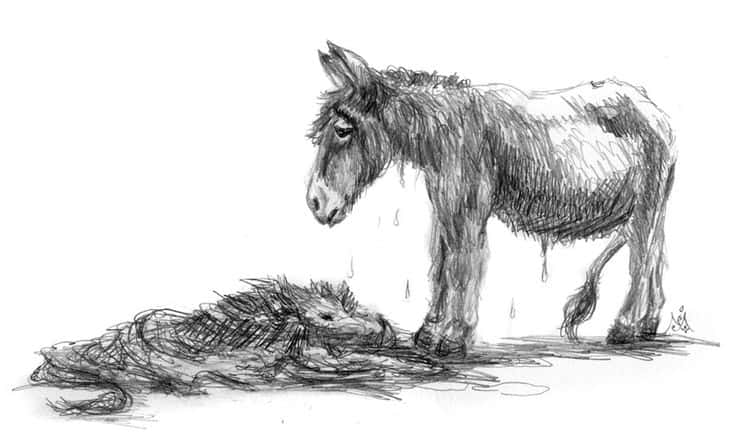 Pinterest
Pinterest
28. Original Names
As most of you will know, The Lion, the Witch and the Wardrobe follows the adventures of Peter, Susan, Edmund, and Lucy, four siblings who enter the world of Narnia through a wardrobe and become embroiled in the war between Aslan and the White Witch. It might interest you to know that C.S. Lewis actually had different names for three of his protagonists in the first drafts: he named his kids Peter, Ann, Martin, and Rose. Not sure why he changed his mind on the names, but you do you, Lewis.
27. Did She Turn into a Snake Too?
In The Magician’s Nephew, the character of Jadis—AKA the White Witch—takes on a role which parallels that of Satan in John Milton’s Paradise Lost. Like Satan, she tries to fool and trick the protagonist by manipulating the truth and even outright lying. This even involves Jadis tempting Digory with an apple, though in this case the apple will grant immortality rather than knowledge. C.S. Lewis just loved his English literature courses!
26. The Book Never Sold Well in Russia Anyway…
After studying The Lion, the Witch and the Wardrobe, and looking at the historical context when the book was released, scholar Roger Chapman has made a case out of finding a strong Cold War theme in the book. According to Chapman, Narnia’s early portrayal of being locked in permanent winter and not celebrating Christmas is a representation of the Soviet Union under Communism. The purges and arrests of Narnians, coupled with the secret police figures, are meant to represent the terrifying dictatorship of Joseph Stalin. As the book came out in 1950, these themes would certainly be very familiar to people of the time.
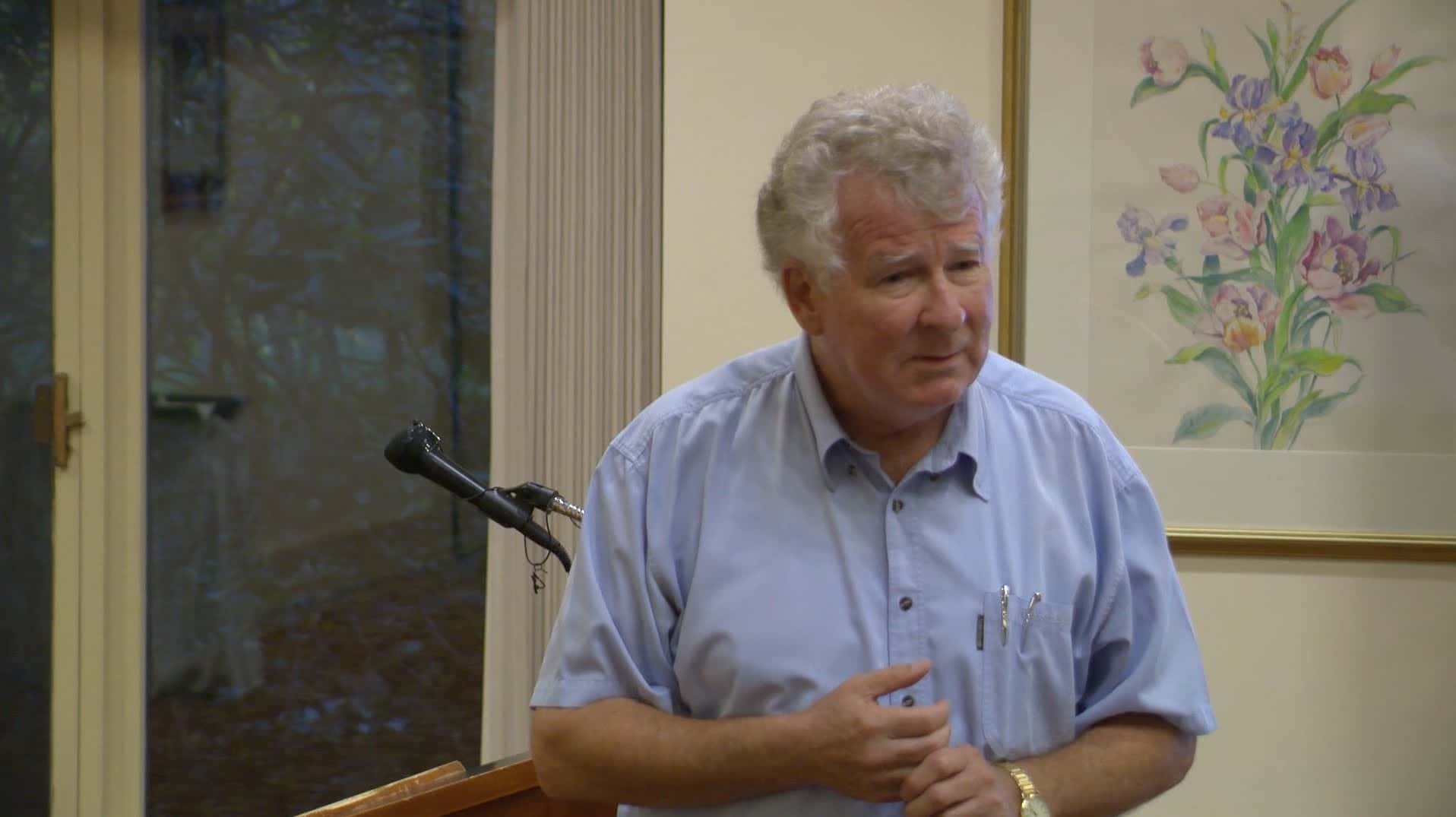 youtube
youtube
25. We Are All Connected
One of the themes of the Narnia books is a conflict between two views of the natural world. As is made especially clear in The Magician’s Nephew, there is a natural order to the world of Narnia, which invokes the ancient view of life known as the Great Chain of Being, with the everybody having their place while also being linked to everything else—and yes, it’s okay that you’re thinking of Mufasa’s “circle of life” speech right now, The Lion King took influence from the Great Chain as well.
24. The Fires of Industry
In contrast to this respect of nature for its own sake, there is the opposing viewpoint which the villains of the Narnia books frequently have, where nature exists to be exploited for self-gain. We’re pretty sure that Tolkien would have applauded this approach, given how his villains treat nature as well.
23. Why Not Susan?!
One thing which has always been hotly contested and debated about the Narnia books is the fate of Susan Pevensie. In The Last Battle, all the Pevensie siblings, including their cousins and their parents, return to be with Aslan, except for Susan. It’s explained that Susan is “no longer a friend of Narnia” and is “interested in nothing now-a-days except nylons and lipstick and invitations.” Many have waved this off as Susan simply growing out of childhood fantasies while many others have decried it as Susan no longer being welcome in Narnia due to her having matured and embraced her sexuality as a woman. It remains to be a topic without a sure answer, however.
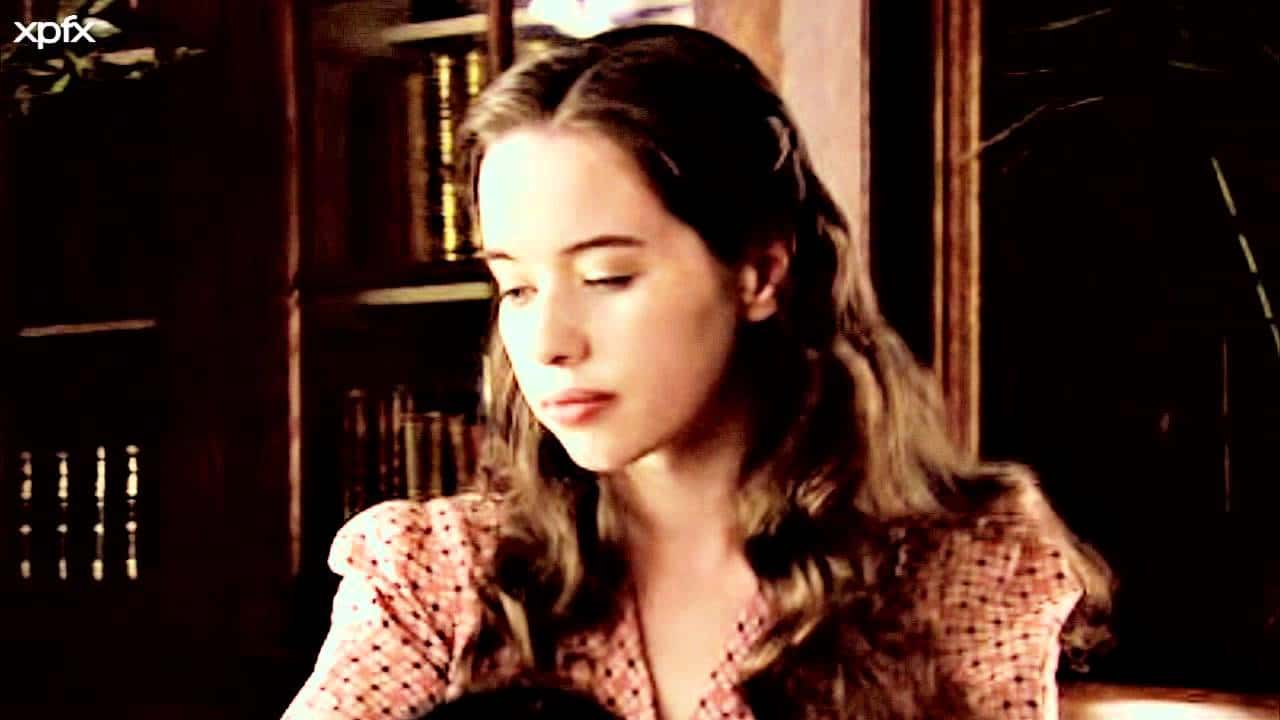 YouTube
YouTube
22. Joke’s on You!
As popular as The Lion, the Witch and the Wardrobe became, C.S. Lewis faced a serious uphill battle getting the book published at all. In 1950, high fantasy stories were seen as highly unsuitable for anyone except very young children. Lewis, however, had so much fun writing the book that he didn’t care. Much to his surprise, the book became highly popular, defying the pessimism of his publisher, Geoffery Bles. Bles must have been pretty red in the face when that happened!
21. Can’t Satisfy Them All
Even upon its initial release, The Lion, the Witch and the Wardrobe received criticism from concerned parents and authority figures. Some claimed that the book’s violence would be too frightening for children to handle, while others accused the author of attempting to indoctrinate children with the book’s Christian leanings.
20. History is Our Inspiration
In the events prior to the main storyline of Prince Caspian, the realm of Narnia has been invaded and conquered by a race of people known as the Telmarines. They drove the Old Narnians into hiding and there arises the conflict of whether the Telmarines and the Old Narnians can co-exist peacefully. This conflict was allegedly inspired by William the Conqueror’s Norman invasion of England, along with the issue of the Anglo-Saxons and the Normans cohabitating under his rule.
19. Name Origins
Narnia got its name from the town of Narnis, in Italy. Aslan, meanwhile, comes from the Turkish word for ‘lion.’
18. How Touching!
The recurring character of Lucy Pevensie was named after and based on the goddaughter of C.S. Lewis, Lucy Barfield. Lewis also dedicated the first book to her, in a message which read “Someday you will be old enough to start reading fairy tales again. You can then take it down from some upper shelf, dust it, and tell me what you think of it.”
17. It’s All Greek to Me
In the novel The Horse and His Boy, two of the main characters are twins named Cor and Corin. Cor is associated with horses, while Corin is well-known for his affiliation with boxing. These twins are a clear reference to the mythological heroes Castor and Polydeuces—also known as Pollux to the Romans. These two twins were eventually honored by the gods by becoming constellations in the sky as Gemini.
16. The Power of Music
Tolkien fans who have read The Magician’s Nephew might have noticed that both C.S. Lewis and Tolkien’s worlds of Narnia and Middle-Earth, respectively, are created through music. In the case of Narnia, Aslan’s singing and breath bring forth life, while in Tolkien’s case, it is the work of Eru Ilúvatar and the Ainur who create the world from out of the Void. Given that the two of them were contemporaries, it’s not completely out of line to believe that one might have been influenced by the other. As to who influenced who, we’ll leave that up to the fanbases to argue about.
15. Santa is Sexist?
Criticism has been leveled towards the books, particularly The Lion, the Witch and the Wardrobe, for its assumption that it’s okay for children to fight in wars as long as they are boys. In one of the more bizarre scenes of the book—and that’s saying something—Peter, Susan, and Lucy are visited by Father Christmas, who provides them with gifts to help them on their journey. While all three are given weapons, Father Christmas specifically warns Lucy and Susan not to get caught up in the fighting because “Battles are ugly when women fight.” Good to know that Santa’s fine with underage boys taking part in warfare!
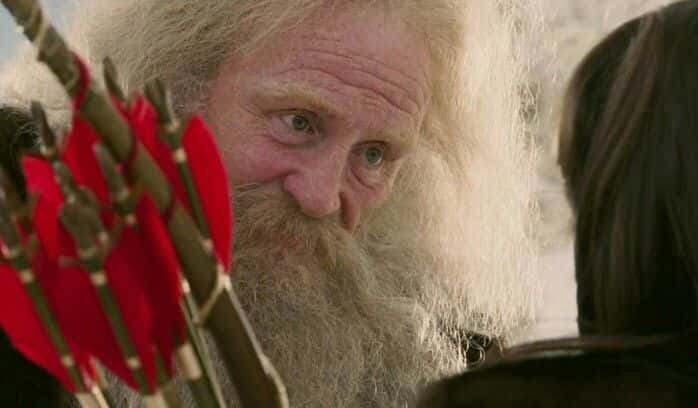 Pinterest
Pinterest
14. The Personal is Always Painful
Perhaps because this was such a close parallel to his personal life, it seems to have taken C.S. Lewis a longer time to write The Magician’s Nephew than any of the other books. Lewis began writing it in 1949 but gave up after 26 pages and didn’t resume work until two years later, finally releasing the book in 1955.
13. This Time Travel is Getting Confusing…
When he began writing the books, C.S. Lewis didn’t necessarily have an exact order in mind. Therefore, the chronological order of the books is contested among hardcore fans to this day.
12. Minor Change
When it comes to The Voyage of the Dawn Treader, there are actually two distinct differences between the British version and the American version of the books, done by C.S. Lewis himself when he was reviewing the American edition. The first change was a brief description of a character, Eustace, as “far too stupid to make anything up himself”. Lewis changed the line to being “quite incapable” rather than “far too stupid”. Speculation on the change ranges from Lewis having grown fonder of the character, Lewis being worried that he went too far calling a child stupid, or that Eustace wasn’t stupid, and it was an inaccurate description. Either way, probably for the best that he made that correction.
11. Major Change
The second, bigger change was in regard to the Dark Island, which the protagonists visit to rescue one of the lost lords of Narnia. In the original version, Lewis wrote their departure in a way that it seemed the Dark Island no longer existed once they left. In the American version, he rewrote the scene to leave the Dark Island existing as a cautionary warning to others, while also emphasizing the success of the protagonists for leaving it.
10. Translation Issues?
Speaking of changes in the American and British versions of a book, there are a few minor changes in The Lion, the Witch and the Wardrobe as well. In the American edition of the book, the White Witch’s chief of police is named Fenris Ulf rather than Maugrim, and instead of “the fire-stones of the Secret Hill,” they used “the trunk of the World Ash Tree.” Seems rather random to make those changes, but oh well.
9. Awkward…
In The Last Battle, the villains include a race of people known as the Calormenes. These people, described as being dark-skinned slave-traders wearing turbans, have come under fire for being racially coded villains in a book series written by a white author and nearly always featuring white protagonists.
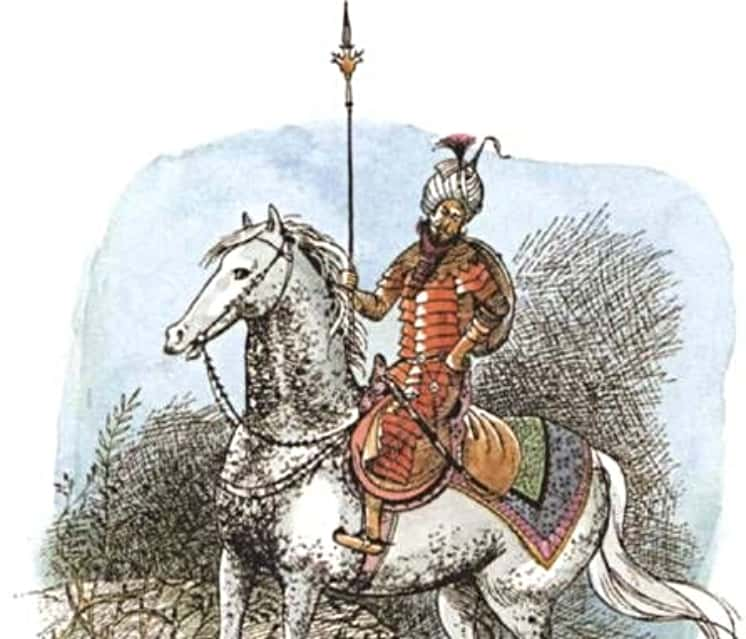 Pinterest
Pinterest
8. There’s a Case to Be Made
Despite these criticisms, some have pointed to the novel The Horse and His Boy for a portrayal of two Calormenes who are heroic characters in that story. However, there is a counter-argument which states that these characters are clearly painted as exceptions to the rule within the book compared to the rest of the Calormenes. It’s the problem that the fantasy genre has had for quite some time, whether we’re talking about C.S. Lewis, J.R.R. Tolkien, or even George R.R. Martin.
 clearlens.org
clearlens.org
7. Copyright Infringement!
The Lion, the Witch and the Wardrobe bears a few similarities to an earlier fairy tale called The Snow Queen by legendary fairy tale author Hans Christian Anderson. Lewis’ antagonist in his book, the White Witch, has serious parallels with the Snow Queen, Anderson’s antagonist in his own story. Both women dress all in white, both take a boy away on a sled, and both use their magic to corrupt their captives so that they turn on their loved ones.
6. Time’s Arrow Marches On
One element which has always marked the Narnia books is the way it deals with parallel timelines. A whole lifetime could be spent in Narnia, while mere minutes would pass by in our world. Based on the timelines in Prince Caspian, a year in our world equals to about 1,300 years in Narnia!
5. Atom Bomb vs. Atlantis
Before Narnia was created in The Magician’s Nephew, it’s revealed that there was a previous world called Charn which was corrupted and ultimately destroyed when one of the characters spoke the Deplorable Word, which was dangerous due to its incredibly destructive power. Those who have researched and studied the Narnia books and Lewis’ background are divided what he’s specifically referencing with that storyline. While some have argued that the Deplorable Word is a metaphor for the atom bomb—which would definitely have been on everyone’s mind after they were used in Japan during the war—others maintain that Lewis’ influence was the myth of Atlantis. For what it’s worth, this myth also inspired Tolkien when he created the island of Númenor.
4. Why Weren’t We Invited??!
While C.S. Lewis was working on this series, a colleague of his was working on his own fantasy books. That colleague was none other than J.R.R. Tolkien, and the books he was working on were The Lord of the Rings! The two authors would meet every Monday morning to discuss writing, and they were joined by others as time passed. Eventually, no fewer than 19 men were meeting up to share their work, and they moved the weekly meetings to Thursday night.
3. Unofficial Autobiography
Professor Digory Kirke, the protagonist of The Magician’s Nephew and a supporting character in some of the other books, is based on C.S. Lewis himself. Both the author and his protagonist “were children in the early 1900s, both wanted a pony, and both were faced with the death of their mothers in childhood.” Both were also children in England while their fathers were abroad, both were better with literature than mathematics, to their detriment, and of course, both of them became professors who took in children during the Second World War.
23. You Again?
Although she is supposedly killed by Aslan at the end of The Lion, the Witch and the Wardrobe, the White Witch is said to have returned to life. While it hasn’t been confirmed, the villainous Lady of the Green Kirtle in The Silver Chair bears a striking resemblance to the White Witch, leading some to suggest that the two women are the same.
14. Wait—Narnia Goes Too Far?
Despite the obvious Christian allegories in the series—especially when the lion Aslan embarks on a personal sacrifice and resurrection in the middle of The Lion, the Witch and the Wardrobe—the Narnia books were banned in a large number of Christian schools. This was because, for all of the Christian elements in the series, C.S. Lewis also inserted some pagan references, which was for some school libraries apparently too much to tolerate.


